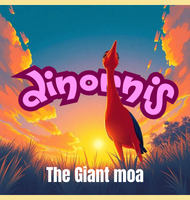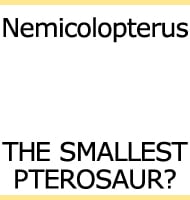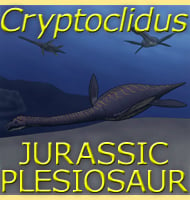In Depth
Although discovered in mainland Mexico, it needs to be remembered that back in the late Cretaceous this area was actually underwater. The problem with Amphekepubis is that it has been described upon very incomplete remains, leading to speculation that Amphekepubis may actually be another mosasaur (Possibly Mosasaurus). Additionally there is further speculation that Amphekepubis may actually come from a later period in the Cretaceous.
Further Reading
– A new genus of mosasaurs from Mexico, and notes on the pelvic girdle of Platecarpus. Denison University Bulletin, Journal of the Scientific Laboratories 29(10):383-400. – M. G. Mehl – 1930.









